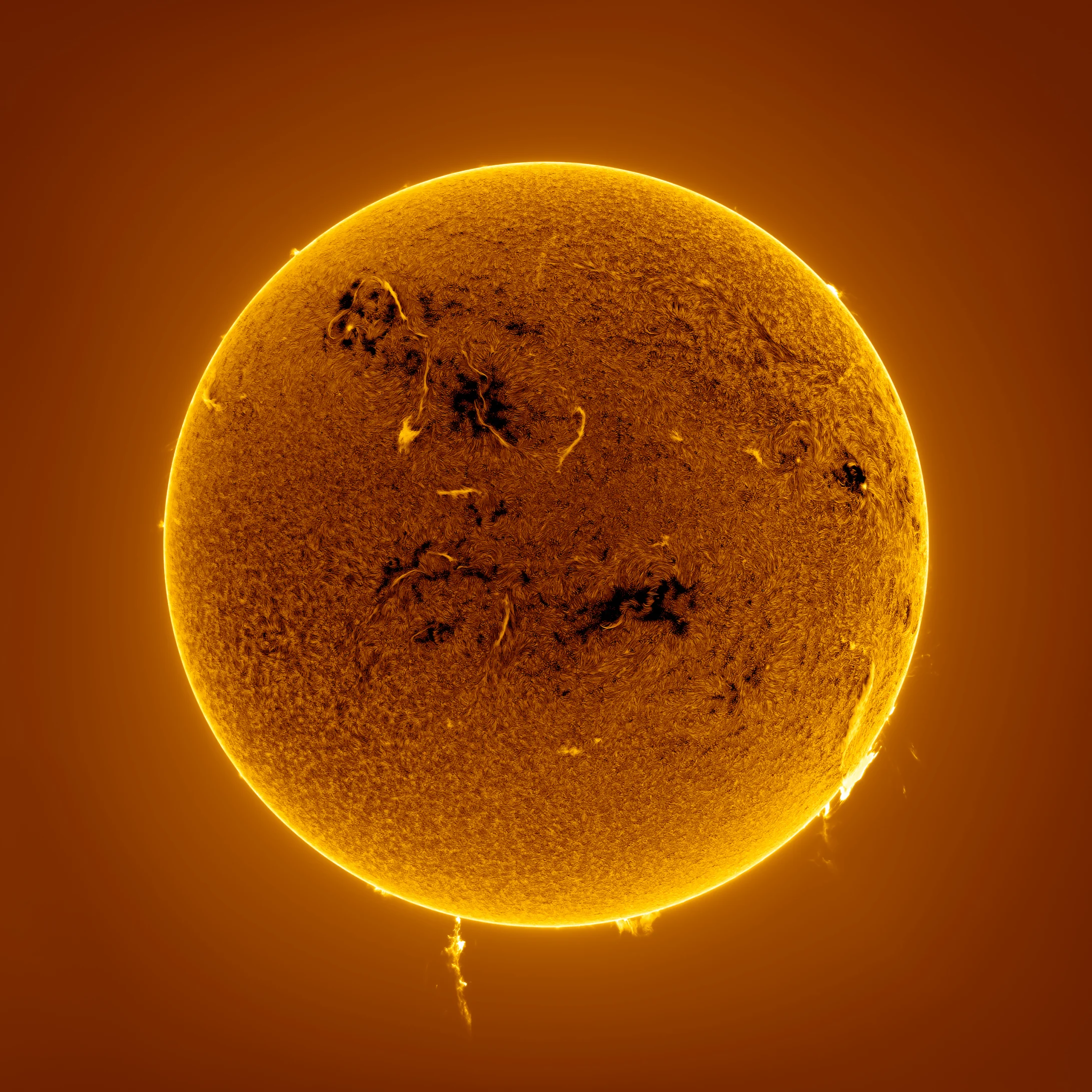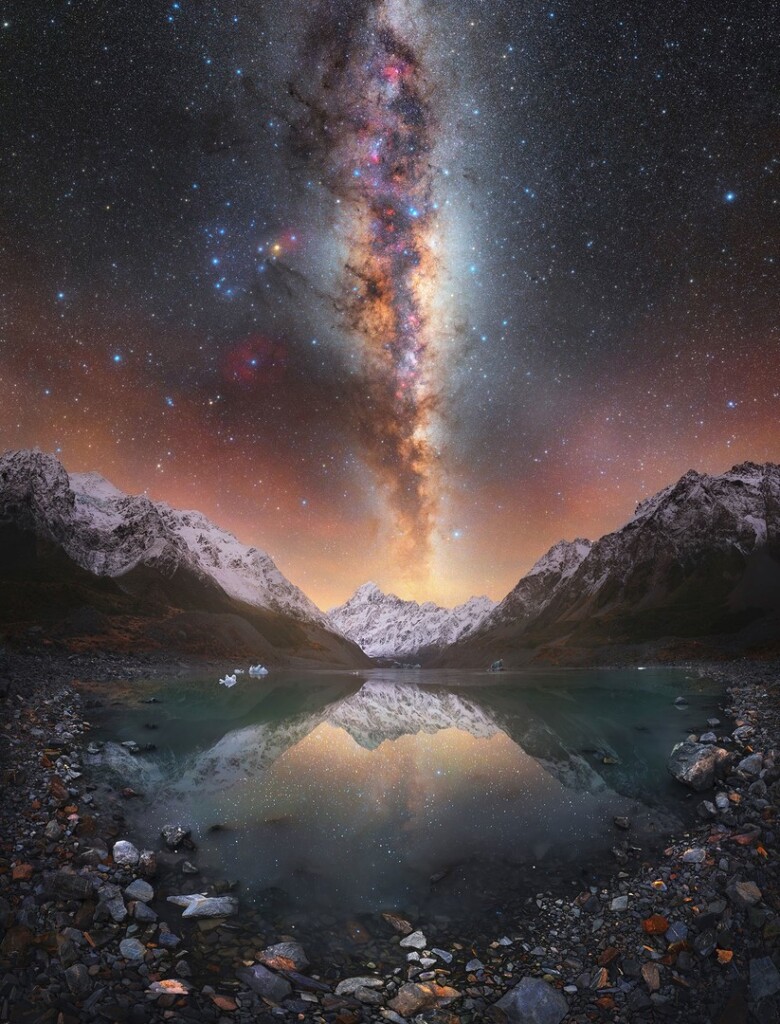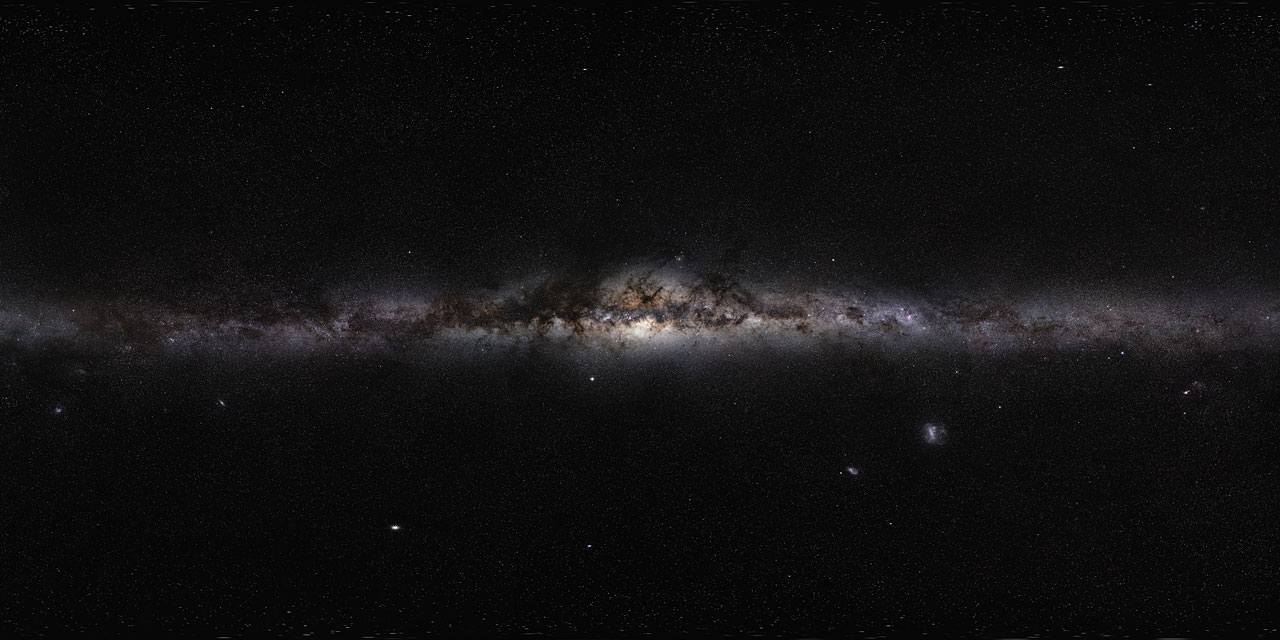
Astrophotographer Eduardo Schaberger Poupeau captured the moment an enormous solar flare erupted from near the Sun’s south pole on 17 February. Most solar flares happen around the Sun’s equator — the unusual location of this one could be a sign that the Sun is about to enter the most active phase of its roughly 11-year cycle, the solar maximum. The 200,000-km-high jet of plasma eventually broke off and flew into space as a gigantic cloud, known as a coronal mass ejection.












